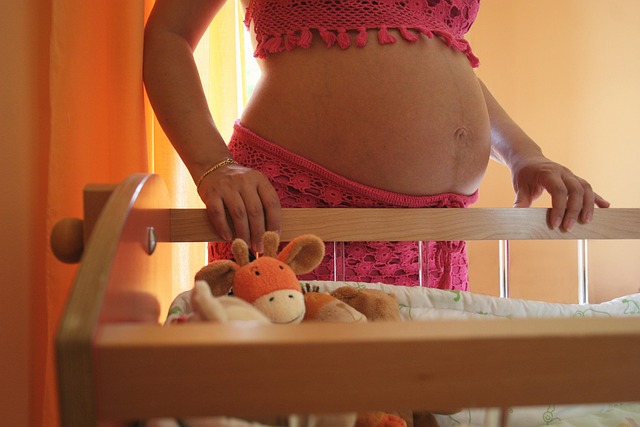So, you’re gearing up for your big day, and you’re probably wondering what a vaginal birth is like. After nine months of pregnancy, it’s natural to have questions about labor and delivery. While every birth story is unique, a vaginal birth is the most common way babies enter the world. Here’s a friendly rundown of what you can expect before, during, and after childbirth.
What is a Vaginal Birth?
A vaginal birth occurs when a baby is delivered through the vagina, typically between 37 and 42 weeks of pregnancy. Interestingly, about two-thirds of women opt for vaginal delivery, while the remaining third have cesarean sections (C-sections), which involve surgery to deliver the baby through incisions in the abdomen and uterus. A spontaneous vaginal birth happens naturally, usually without medical interventions.
Preparing for a Vaginal Birth
Preparation is key! You’ll want to gather all your essential items for the hospital or birthing center. This includes comfortable clothing, toiletries, and anything that makes you feel relaxed. You might also want to consider joining supportive communities like the Make a Mom Facebook group, where you can connect with others on similar journeys. If you’re exploring at-home insemination, check out Make a Mom for reusable options and their how-it-works guide.
Stages of a Vaginal Birth
Labor generally has three stages:
- Early Labor: This is when contractions start, and you may experience some discomfort. It can last several hours to days.
- Active Labor: Contractions become more intense and frequent, signaling that it’s time to head to the hospital or birthing center.
- Delivery: This is the exciting part! You’ll push during contractions until your baby is born.
Pain Relief Options
During labor, you can choose various pain relief methods. Many women opt for epidurals, while others prefer natural pain relief techniques such as breathing exercises and movement. It’s all about what feels right for you! For more information on pregnancy, visit Healthline.
Meeting Your Baby
Once your baby is born, you’ll have the chance to hold and bond with them immediately. It’s an incredible moment!
Recovery Time
Recovery after a vaginal birth usually takes a few weeks. You may feel some discomfort or soreness, but many women find that they are up and around fairly quickly.
Natural vs. Vaginal Birth
You may hear terms like “natural birth” thrown around. While all natural births are vaginal, not all vaginal births are considered natural, especially if medical interventions are involved.
What if You Need to Be Induced?
Sometimes, doctors may recommend inducing labor for various reasons. This involves using medications to start contractions if you’re not going into labor naturally.
Vaginal Birth After C-section (VBAC)
If you’ve had a C-section before but wish to have a vaginal birth this time, talk to your healthcare provider about the possibility of a VBAC.
Conclusion
Having a vaginal birth is one of the most profound experiences in life. With the right preparation and support, it can be a beautiful journey. For more tips and resources on pregnancy and home insemination, check out this excellent resource that dives deeper into these topics. And if you’re looking for cute baby clothes, don’t miss out on our post about the best baby clothing brands for 2025.
Summary
In summary, a vaginal birth is a common and natural way to welcome your baby into the world. Proper preparation, understanding the stages of labor, and exploring pain relief options can make the experience smoother. Make sure to connect with communities and resources to help guide you along the way!
